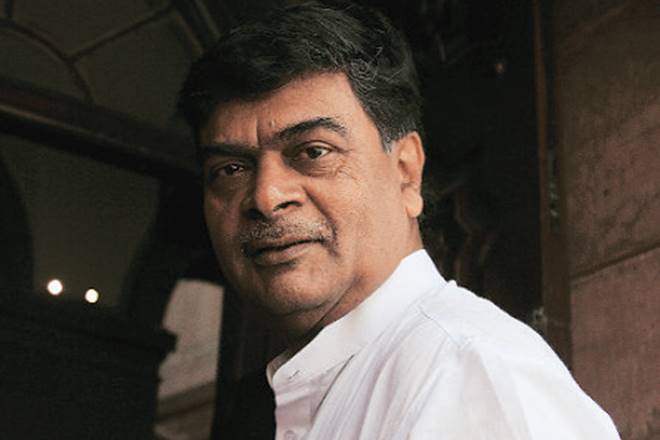The government is planning to improve the “ecosystem of electricity” by extensively introducing prepaid and smart meters through the recently announced Saubhagya scheme, which aims to bring electricity to every household by December 2018. While launching a web portal for the Rs 16,320-crore scheme, which would monitor the household electrification progress, power minister RK Singh on Thursday said prepaid metering systems would make it more viable for the poor to pay for their electricity. The step is expected to partially counter the looming threat of rising aggregate technical and commercial (AT&C) losses as the government prepares to provide electricity connections to about four crore unelectrified households, a large chunk of which comes under to subsidised rural category. “Billing and metering has been a constraint,” the minister said, adding that the financial viability of the state-owned electricity distribution companies (discoms) has to be assured to supply power to all.
As on September, only 1.7 lakh out of the 1.7 crore connections, with power usage between 200 and 500 units, have been linked with smart meters. The minister said the government would only procure smart and prepaid meters for accurate electricity accounting. The government has asked domestic manufacturers to ramp up the production of these meters. Apart from smart meter makers such as ABB, BHEL, Siemens and Havells, the move is also expected to benefit other industry players as the government has also invited start-ups to manufacture smart and prepaid meters.
Singh pointed out that smart meter prices might come further down to Rs 1,500 per meter in the upcoming bid for 1.5 crore units. The recent auction for 50 lakh smart meters held by EESL discovered a price of Rs 2,500 per unit. The cost of prepaid meters are less than smart meters. The minister said the government will “not wait for people to apply for connection”, but instead would set up camps in villages to issue connections. Uttar Pradesh, Bihar, Mizoram, Nagaland, Gujarat, Chhattisgarh and Assam have sent already sent letters of intent to implement the Saubhagya scheme.
Out of the 4.1 crore unelectrified households, as on October 10, 5.4 lakh has been connected till date. Of this, 3.6 lakh were done under Saubhagya, while the rest under the ongoing rural electrification programmes of the Centre. The Saubhagya scheme can prove to be positive for independent power producers reeling under the low electricity demand growth scenario. The government had earlier estimated that Saubhagya would warrant additional power requirement of about 28,000 MW, considering an average load of 1 KW per household and average uses of load for eight hours in a day. The minister said the Central Electricity Authority (CEA) has been asked to rework its electricity demand projection after Saubhagya.

